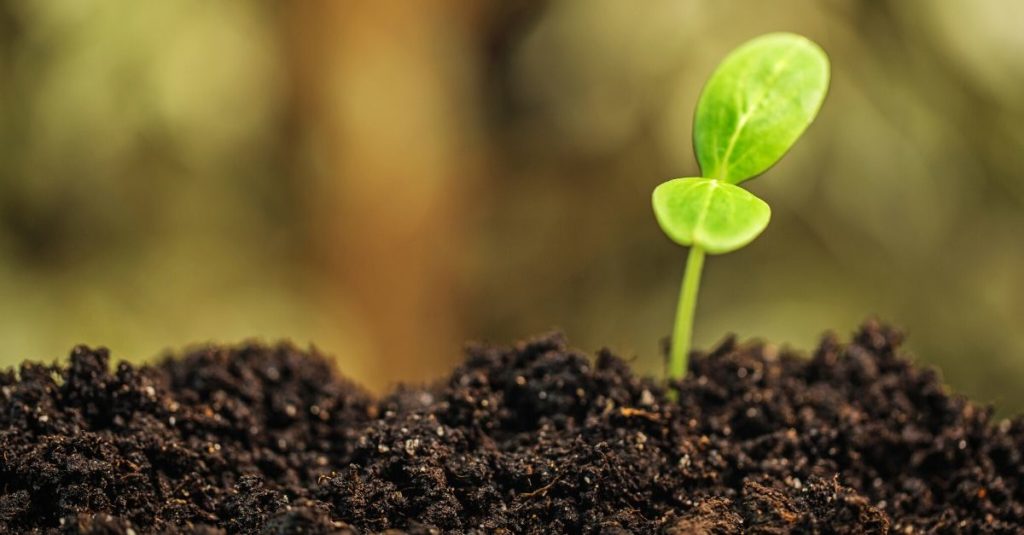In disturbed or mined lands needing erosion control and reclamation/revegetation, conditions are often far from ideal for seed germination and plant growth. The chemical, physical and biological properties of disturbed soil and mine tailings are often limited in their ability to support revegetation.
The properties of most concern on these soils are chemical reaction (pH), toxic concentration of certain elements, inadequate microbial populations, and deficiencies of essential nutrients.
Biological components play a vital role in the development of soil for supporting seed germination and maintenance of vegetation. The presence of a balanced biological system is required to provide an economical and effective ecology for revegetation.
Many disappointments are experienced by those who have used chemical agricultural fertilizers in an attempt to develop fertility in these disturbed sites. It is well known that plants rely on microbes to produce nutrients acceptable to the plants.
The plants feed at the “second table”—they receive what the microbes make available to them. The addition of chemical fertilizers without the biological balance often caused the consumption of organic matter rather than the preserving and building of humus.
The presence of soil microbes is essential for the germination, growth and long-time survival of most plant species, and for the re-establishment of natural ecosystems.
BioLynceus® biorganic products help produce soil out of dirt. In most of these disturbed sites, the harsh and sometimes sterile environmental conditions need the addition of carbon and natural biological systems to create conditions that will support seed germination and plant growth.
BioLynceus® products buffer these harsh conditions and provide microbiological support for soil development. As these systems develop, the microbes transform inert minerals to chelated nutrients acceptable to plant growth.
The establishment of a microbial “food-web” supports the establishment of the broad range of biology required to develop soil, support germination and grow plants successfully. BioLynceus® products contribute to this microbial process efficiently and economically.
Our exclusive biorganic nutrients combine a unique blend of biological enzymes, biostimulants, and natural plant extracts that build up soil to a productive state without the use of toxic chemicals.
Our products increase the soil’s aerobic microbial populations, create soil flocculation and fertility, leach and buffer salts and toxins, reduce pathogenic diseases, enhances nutrient uptake and strengthen the plant’s natural defense systems. These biological actions produce healthy, durable plants.
BioLynceus® products support for successful erosion control and reclamation and revegetation projects.


